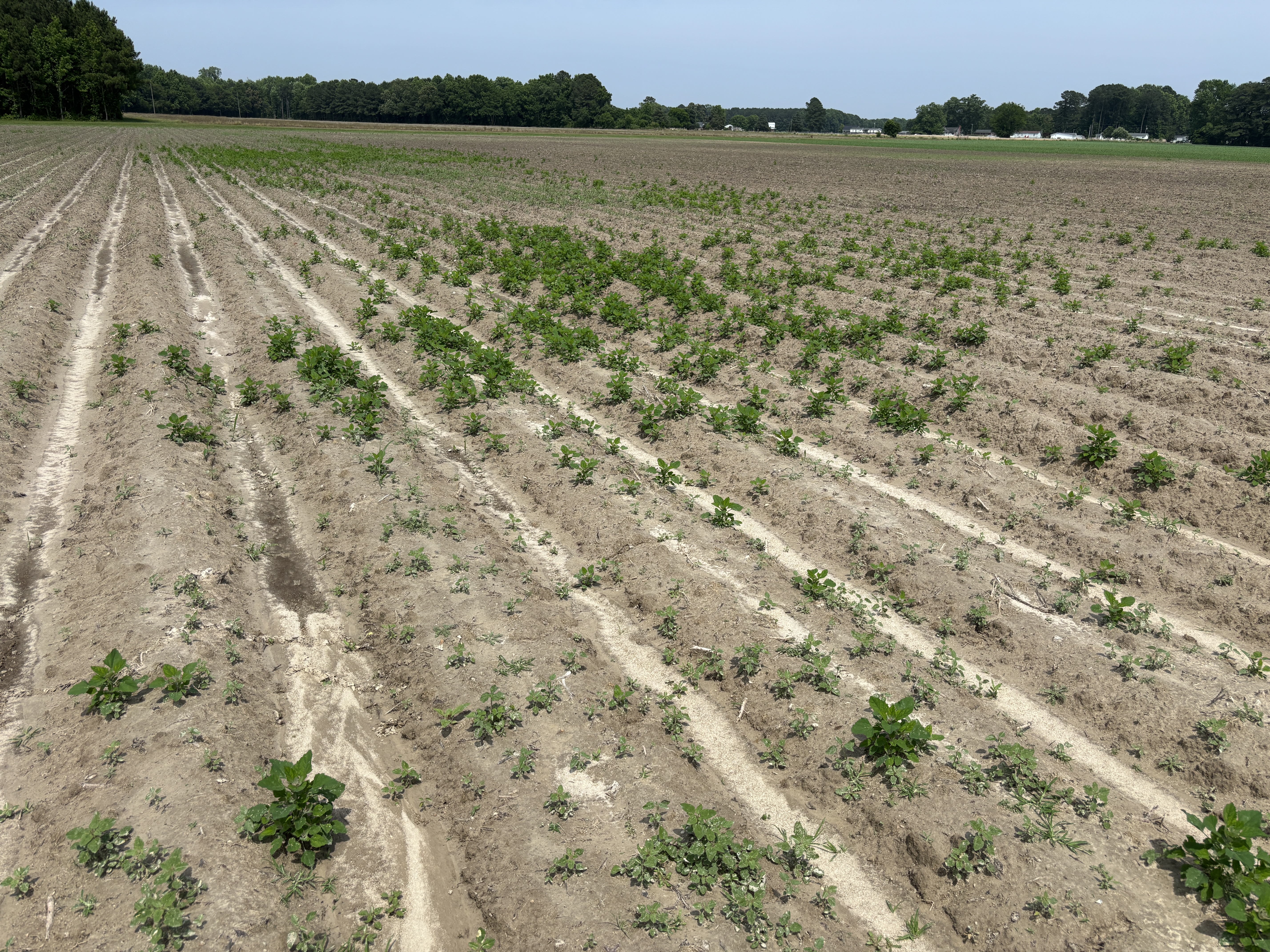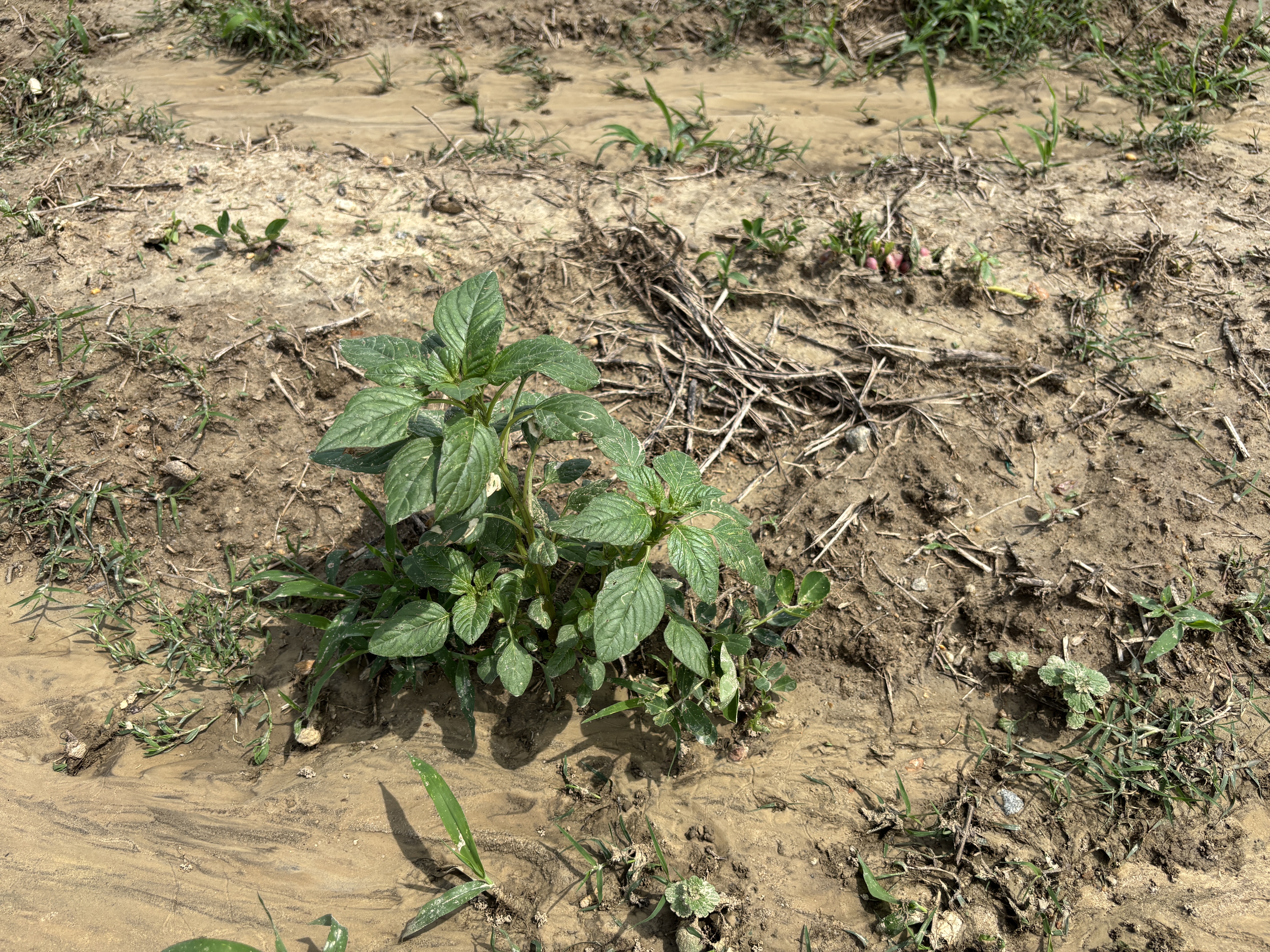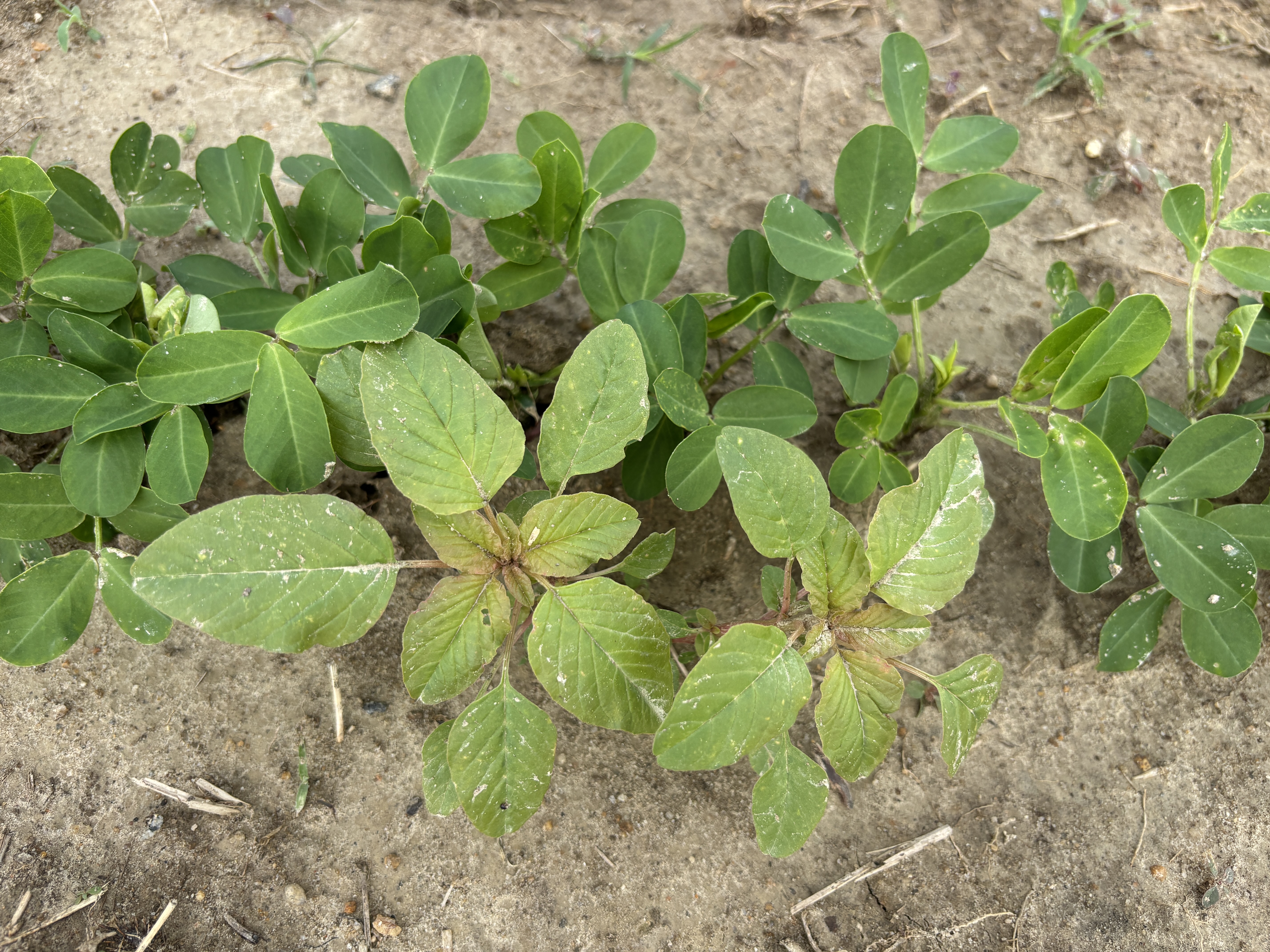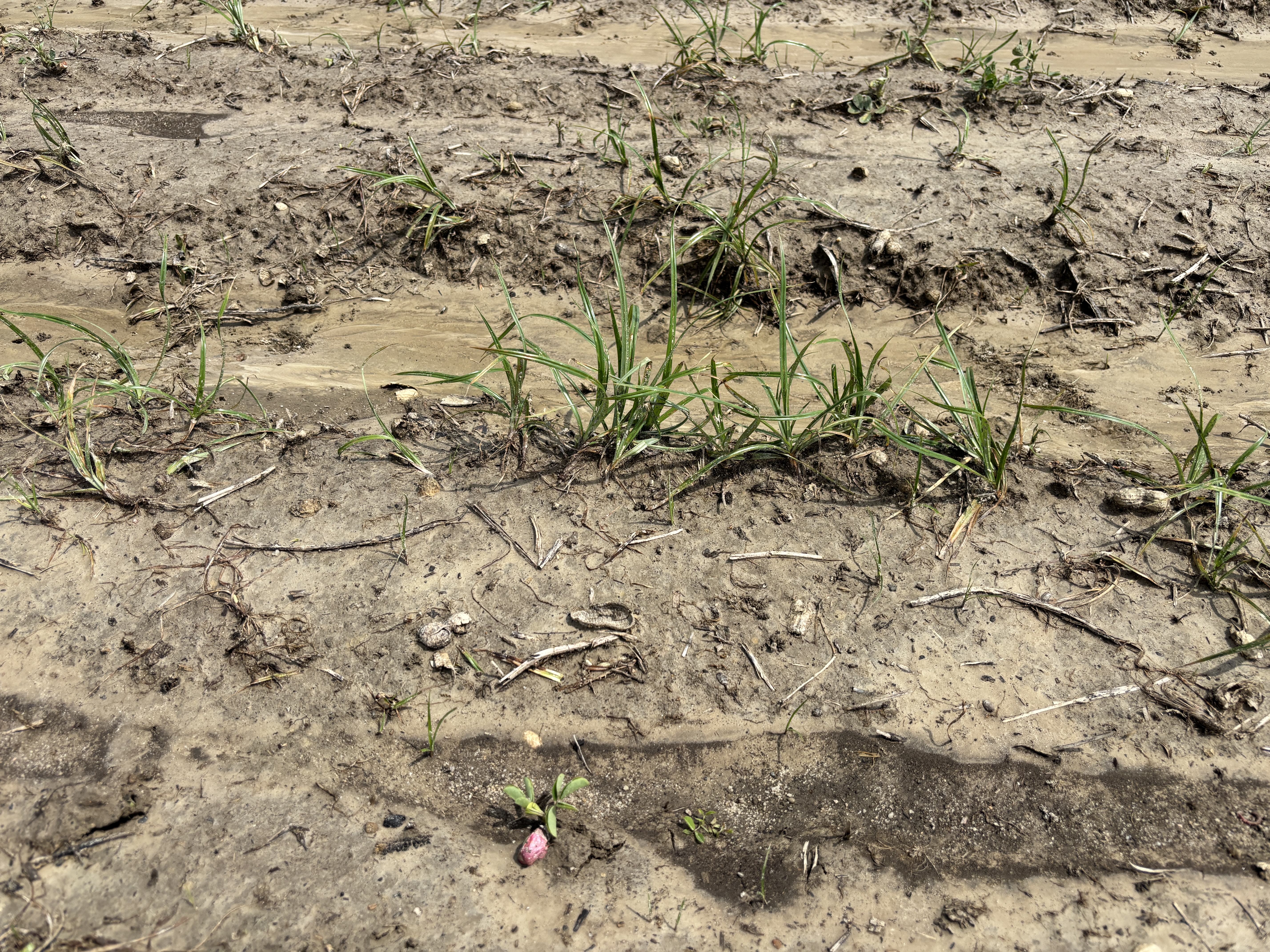Preparing “Wet” Fields for Planting Peanut Notes No. 85 2025
go.ncsu.edu/readext?1074427
en Español / em Português
El inglés es el idioma de control de esta página. En la medida en que haya algún conflicto entre la traducción al inglés y la traducción, el inglés prevalece.
Al hacer clic en el enlace de traducción se activa un servicio de traducción gratuito para convertir la página al español. Al igual que con cualquier traducción por Internet, la conversión no es sensible al contexto y puede que no traduzca el texto en su significado original. NC State Extension no garantiza la exactitud del texto traducido. Por favor, tenga en cuenta que algunas aplicaciones y/o servicios pueden no funcionar como se espera cuando se traducen.
Português
Inglês é o idioma de controle desta página. Na medida que haja algum conflito entre o texto original em Inglês e a tradução, o Inglês prevalece.
Ao clicar no link de tradução, um serviço gratuito de tradução será ativado para converter a página para o Português. Como em qualquer tradução pela internet, a conversão não é sensivel ao contexto e pode não ocorrer a tradução para o significado orginal. O serviço de Extensão da Carolina do Norte (NC State Extension) não garante a exatidão do texto traduzido. Por favor, observe que algumas funções ou serviços podem não funcionar como esperado após a tradução.
English
English is the controlling language of this page. To the extent there is any conflict between the English text and the translation, English controls.
Clicking on the translation link activates a free translation service to convert the page to Spanish. As with any Internet translation, the conversion is not context-sensitive and may not translate the text to its original meaning. NC State Extension does not guarantee the accuracy of the translated text. Please note that some applications and/or services may not function as expected when translated.
Collapse ▲We are about 80% planted in North Carolina and are approaching the end of the planting window (June 10.) Fields can get weedy after primary tillage and before bedding and planting. The images below demonstrate this. Peanuts, unlike cotton, corn, and soybean, have limited postemergence options, especially for large broadleaf weeds. Gramoxone becomes a selective herbicide once peanuts are up because the rate cannot exceed 8 or 11 oz/acre depending on formulation. These rates can only kill small weeds. Not the ones that survive land preparation prior to planting. Many pigweeds (Palmer amaranth) are resistant to Cadre, and PPO inhibitors (Ultra Blazer, Cobra, and especially Storm) kill relatively small weeds (larger than paraquat but not when 4 or more inches tall, unless you get excellent coverage and environmental conditions are perfect.) Also, we need to avoid PPO inhibitors, and to a lesser degree Cadre/Impose, when peanuts are small. We also have populations of Palmer amaranth and common ragweed resistant to PPO inhibitors.
In my experience, disking and field cultivating a moist field that has relatively large weeds will not kill and bury all of these weeds. Depending on how many weeds are up and their size, you could have a disaster.
If you find yourself in this situation, apply paraquat, glyphosate, or glufosinate before you start tilling again. Try to do this a few days before you till. Paraquat at 32 oz/acre is a good option. While glufosinate is okay, I think paraquat is better in general. We could have Palmer amaranth resistant to glufosinate in some fields as well. Glyphosate is very effective on many weeds as a burndown, but it will miss Palmer amaranth, horseweed (marestail) and in many cases common ragweed. All of this, to me, points to paraquat.






